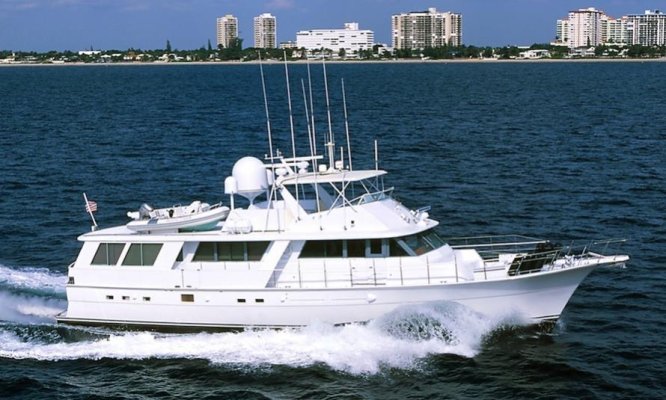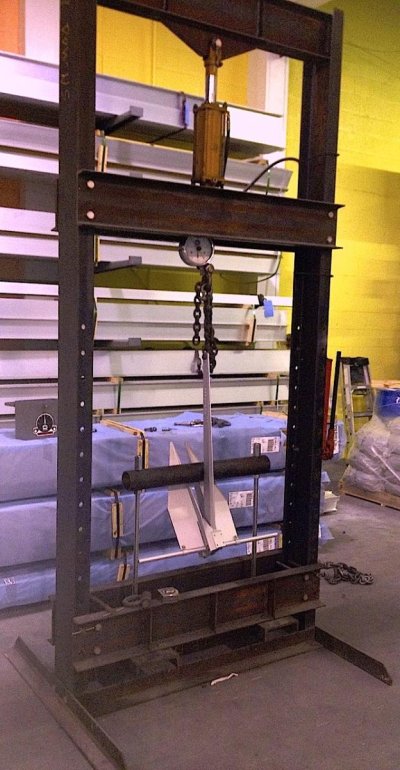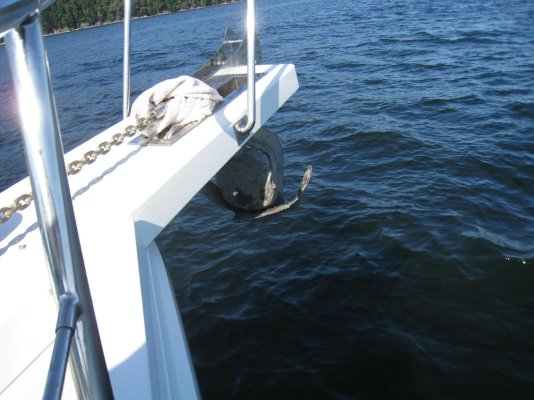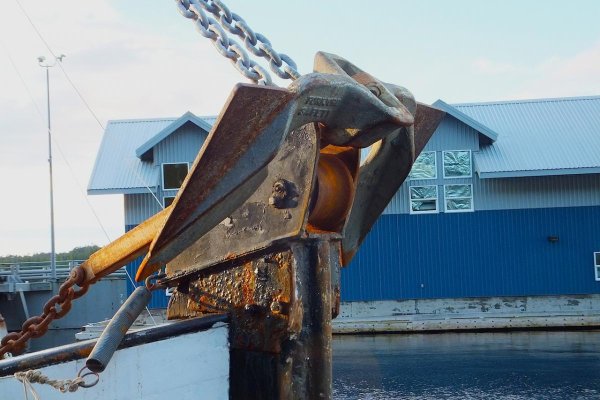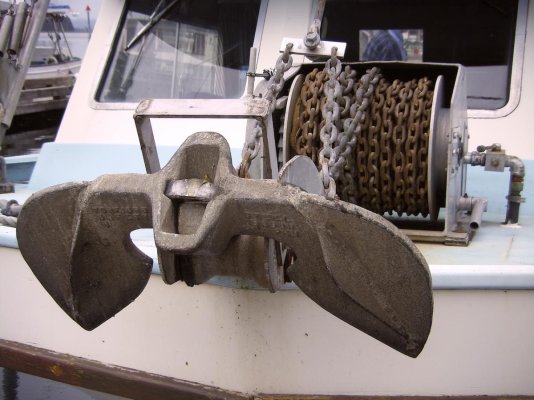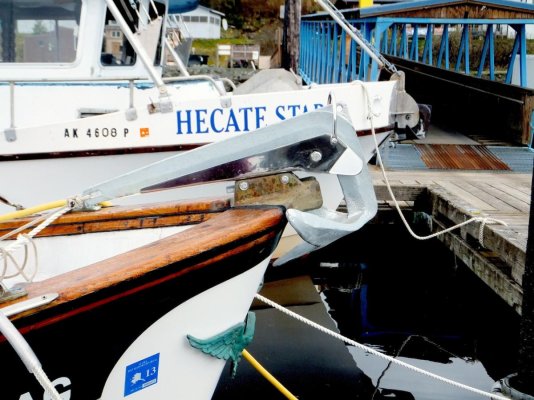Marin,
Sorry to hear of the bad experience with your Bruce anchor. While I have also seen several anchor tests where the Bruce has not performed well, I have spoken with many of their owners over the years who have sworn allegiance to the anchor, so.....

The Bruce has a lot of fans, no question, which is one reason we bought one. We figured if almost every boat we see around us has a Bruce it must be good, right?
Most of the time it was fine. But most of our anchoring never puts the ground tackle to any sort of test. Light wind or no wind and the anchor and chain just lie there. That probably describes the vast majority of anchoring experiences in this area and on up the coast where protected anchorages are plentiful.
And the Bruce does set quickly in a variety of bottoms. It's not just a mud-and-sand anchor like the Danforth design (I realize the Danforth can set in other stuff, too, but it seems to be at its best in mud and sand).
So the Bruce was fine until we really needed it to stay put. And on those occasions, it never did.
Now if it was just us, I'd say we were doing something wrong. But it's not just us. Every boater we know personally, like the members of our club, who have Bruces have had them fail when the pulling got hard. Most have elected not to change because good anchors are expensive and as I said, 99.999 percent of the time up here a coffee can with a rock in it would work fine as an anchor, to say nothing of a 33# or 44# Bruce.
But a few people we know did change. Some of them, all boaters who anchor a lot or travel the Inside Passage in the summer, came out to our boat, took measurements of the anchor we bought to replace our Bruce to determine that it would fit their bow or pulpit, and bought one. And from what I've been told, they have not had a bad set or a drag since.
So my own theory as to the Bruce's (and Claw's) continued popularity is a) "everyone has one so it must be good," b) its well-deserved and proven reputation for setting fast in a variety of bottoms, c) boaters here don't encounter anchoring situations-- or haven't yet--- where holding power becomes the primary requirement, d) they simply don't anchor out much or ever so they got what everyone else has, and e) good anchors are expensive so they keep what they have or what came with the boat.



